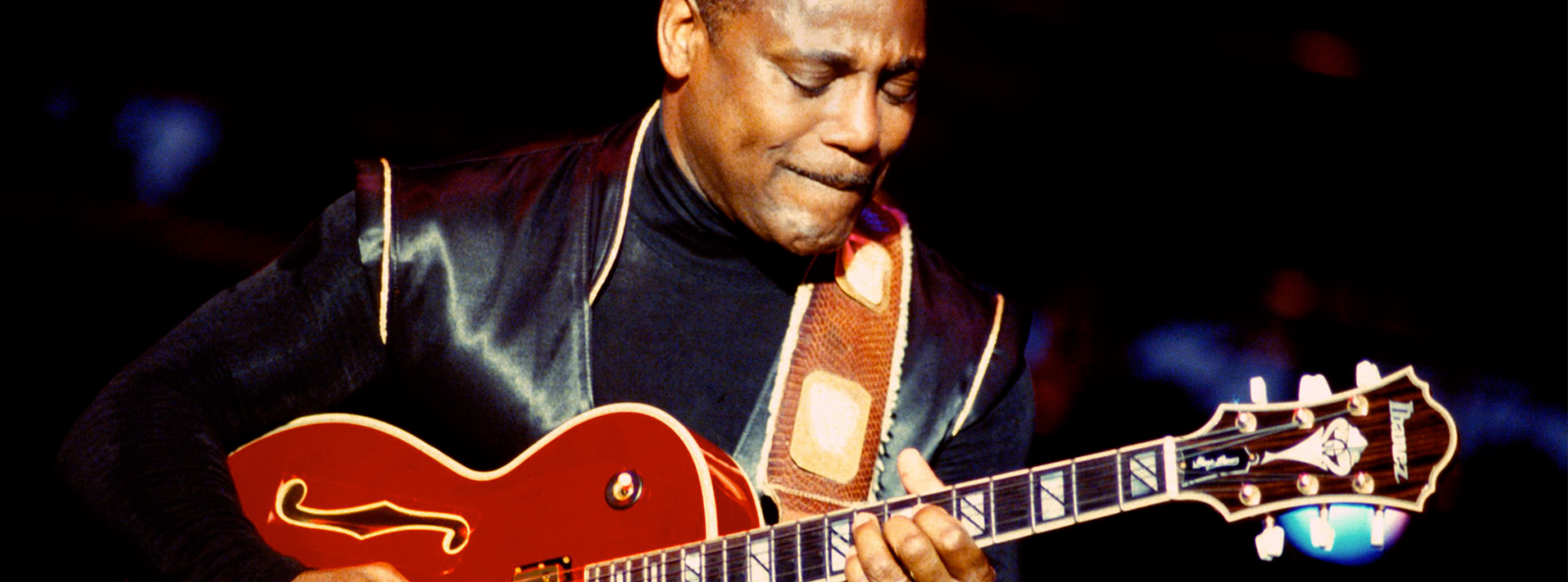Learn to Play Bad Company: Detailed Guide and Analysis
Unleash your inner rockstar with Licklibrary's Michael Casswell and his comprehensive and dynamic lesson series, "Learn to Play Bad Company". Dive deep into the stylistic guitar techniques and intricate nuances that elevated the band's status in the world of rock. Understand the contribution of the group's exceptional lead guitarist, Mick Ralphs, whose unique sound laid the foundation for Bad Company's timeless hits.
Can't Get Enough
One of Bad Company's iconic songs, "Can't Get Enough," offers aspiring guitarists an ideal introduction to the rich world of rock guitar. As the band's debut single, it showcases Ralphs' unmistakable style.
In the main riff, you'll get to work with power chords that move across the fretboard. The song is played in standard tuning, and its key is C Major. Notice the use of palm muting in the verses to create a rhythmic backbone.
The guitar solo section explores major pentatonic and blues scales, brimming with string bending for emotional emphasis. This solo is an excellent example of how Bad Company utilized straight-forward, melodic solos to enhance their songs without overshadowing the overall structure.
Ready for Love
"Ready for Love" takes a mellower approach compared to the high-energy vibe of "Can't Get Enough". The song is centered around a descending arpeggiated chord progression, allowing players to work on clean picking and fretting.
A critical feature of this song is the transition from a clean rhythm guitar part into a crunchier, rock-driven tone. Ralphs uses a mixture of major and minor pentatonic scales in the solo section, demonstrating the mastery of blending these two scales.
Deal with the Preacher
"Deal with the Preacher" is another Mick Ralphs classic that offers a blend of rock and blues influences. It stands out with its syncopated rhythms and extensive use of barre chords.
The solo section is a perfect example of Ralphs' love for the minor pentatonic scale. It's a brief but fiery solo, full of dynamic slides and expressive string bending that adds a bluesy vibe to the rock n' roll track.
Feel Like Makin' Love
One of the band's most enduring hits, "Feel Like Makin' Love," displays a balance between gentle, finger-picked verses and a more intense, power-chord-driven chorus. The song shifts from a D major to B minor, offering a chance to navigate the relationship between major and minor keys.
The lead guitar part showcases several vital techniques, from delicate finger-picking in the verse to aggressive string bending in the solo. The solo, while short, is a study in tasteful phrasing and melodic construction.
Shooting Star
Finally, "Shooting Star" is an excellent song to practice chord transitions, featuring an array of open chords and a catchy, anthemic chorus. Ralphs' use of chromaticism in the main riff adds tension and intrigue to this rock ballad.
The solo of "Shooting Star" is a tour de force in the major pentatonic scale. Here, Ralphs brings his best, incorporating slides, double stops, and beautifully executed bends, delivering a melody that's as memorable as the song itself.
Mick Ralphs: Bad Company's Driving Force
The style and skill of Mick Ralphs defined Bad Company's sound. His guitar playing is a perfect example of how technique and feel converge to create truly memorable music. Ralphs' unmistakable bluesy bends, melodic use of scales, and emotive string bending gave each song a distinctive touch, which would become the band's signature sound.
The importance of Ralphs' contribution to Bad Company and the broader rock scene cannot be understated. His tasteful solos, compelling riffs, and intuitive songwriting brought a unique blend of rock 'n' roll and blues that continues to inspire guitarists to this day.
Techniques Used in these Lessons
Each song in the "Learn to Play Bad Company" series focuses on particular techniques that will enhance your playing skills and overall understanding of the guitar. Here's a rundown of the key techniques involved and the lessons where they're used:
- Power Chords
- Palm Muting
- String Bending
- Arpeggiated Chord Progressions
- Barre Chords
- Syncopated Rhythms
- Finger Picking
- Slides
- Double Stops
- Chromaticism
By mastering these techniques and understanding their use in Bad Company's music, you'll be well on your way to becoming a versatile and expressive rock guitarist. Dive into these detailed lessons and start rocking today!

About The Tutor
Tutor Profile
Michael Casswell
It is with great sadness that we post the news of Michael Casswell's tragic death in a swimming accident while on holiday in Spain. All of us at Licklibrary are shocked and saddened by MIke's passing, and our deepest sympathies go out to his family at this difficult time. Michael...



